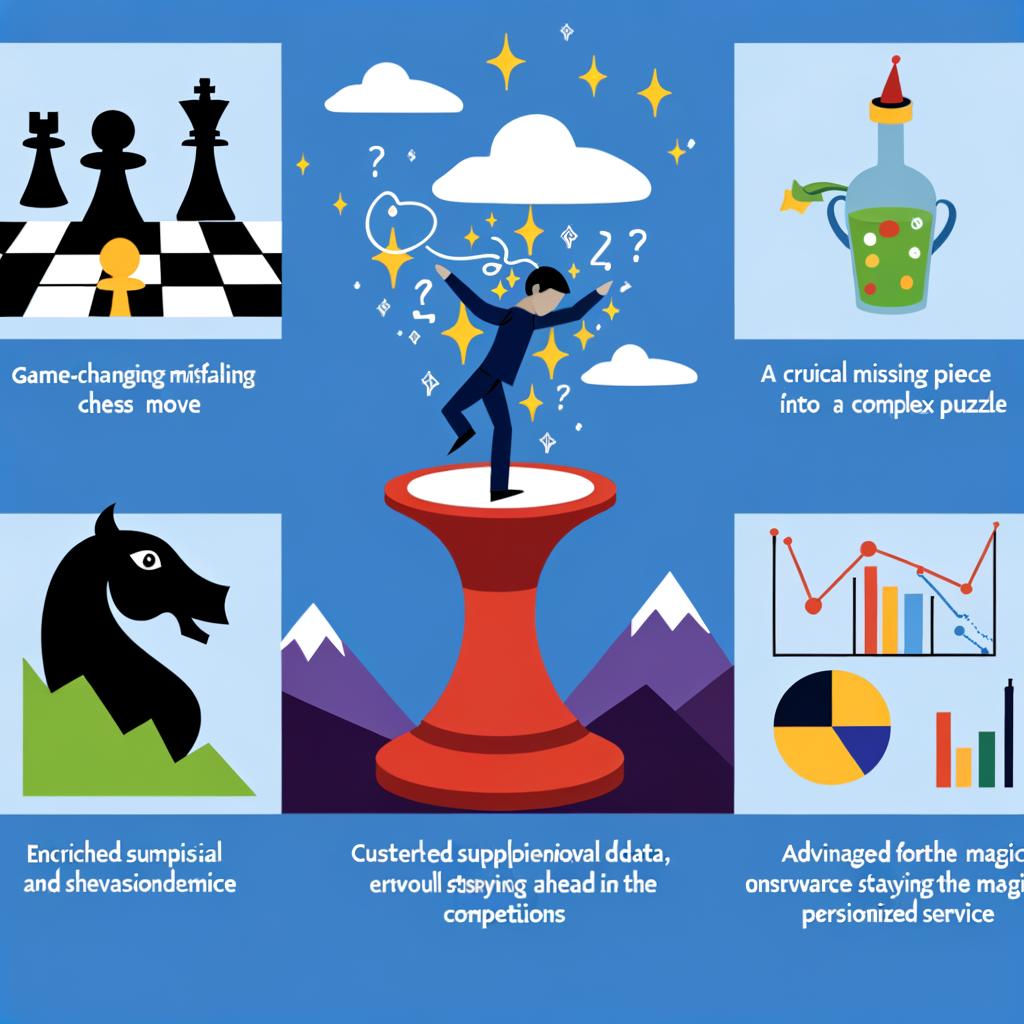Here are 8 ways the insurance industry can improve performance and increase productivity using data:
1. Boost acquisition
New sales are the lifeblood of all growing businesses and a necessity for any insurance company. The insurance industry’s high customer retention rates make winning new business even more crucial – because once a new customer comes on board, they are likely to stick around and provide a higher customer lifetime value.
Data gives insurance brands the insights they need to identify their true demographic, find their most valuable leads and allow agents to hone-in on a prospect’s specific needs before pitching them – lowering acquisition costs and improving the likelihood of converting a lead to a customer.
2. Improve customer retention
The cost of gaining a new customer in the insurance industry is high, which means retaining customers is particularly important. Data is the key to providing exceptional customer experience. For example, knowing which products (and when) to cross-sell and up-sell to current customers and making sure they have the coverage they need helps to keep customers loyal.
Data sets can also give insurers accurate profiles of which customers decide to leave. This can push an organization to understand why their products aren’t working for that demographic and either change their messaging or change course to focus on the demographic that is working. In addition, intent data allows agents to find their most profitable customers, so they know which accounts to prioritize.
3. Accelerate the underwriting process
The underwriting process – properly calculating the risks and coverage of clients – is time-consuming. However, access to real-time data can help make the underwriting process more automated and intuitive for actuaries. In addition, in-depth data analysis helps insurers perform more accurate risk assessment, potentially decreasing costs and avoiding large payouts.
4. Engage target audience
Knowing who your ideal customers are and knowing how to communicate with them are two different things. Marketers and agents need data in order to provide personalized, relevant messaging to their target demographic. Luckily, consumers are willing to share their information; in fact, a recent survey revealed that 80 percent of consumers will share personal data in exchange for benefits such as competitive prices, faster or priority service, and more relevant content. Insurance companies can use this information to create more compelling messages, improving conversions and engagement.
5. Talent acquisition and retention
Good data is a solid investment for organizations looking to find and retain top talent. A quality employee is hard to find, but with the right data, organizations can identify top performers and reach out to them effectively. Also, since data provides more well-vetted and qualified leads to agents, they are more likely to be motivated and successful. Thriving agents are less likely to jump ship to a new company, where lead quality might be lower.
6. Remain compliant
Insurance companies are subject to increasing regulatory mandates at the local, state, federal and international level. The ability to collect, report and use data makes regulatory reporting easier and more consistent – and protects against compliance headaches down the road.
7. Detect fraud early
The FBI estimates that the total cost of insurance fraud (non-health insurance) is $40 billion per year. So it’s no surprise that insurers spend a significant amount of time and resources trying to track down potential perpetrators of insurance fraud. Big data analytics tools allow insurers to collect and use data from multiple sources simultaneously to identify patterns and detect fraud more accurately and resolve cases faster.
8. Create actionable insights
Data means nothing if it doesn’t translate into action. Analyzing data helps insurance companies see the big picture, choose a strategy, and set goals for the business. Whether it’s estimating an achievable revenue goal by analyzing the total addressable market, using data to improve risk assessment and set premium levels, or using intent data to prioritize the most profitable prospects and customers, complex profiling, modeling, and analytics gives the data-driven insurance brand an edge over the competition.
Get the Data-Driven Advantage
Data is transforming the way insurance companies are doing business. However, simply buying data and dumping it into a CRM isn’t going to cut it. Turning this data into valuable insights requires technologies that can easily capture, store, analyze, display and report on information from myriad sources. These insights provide business leaders with the information needed in real-time in order to make better decisions.
.png?width=180&height=65&name=Untitled%20design%20(29).png)




